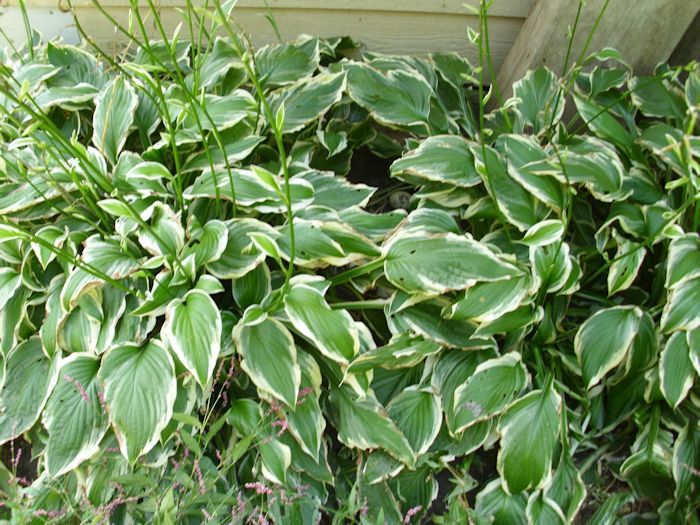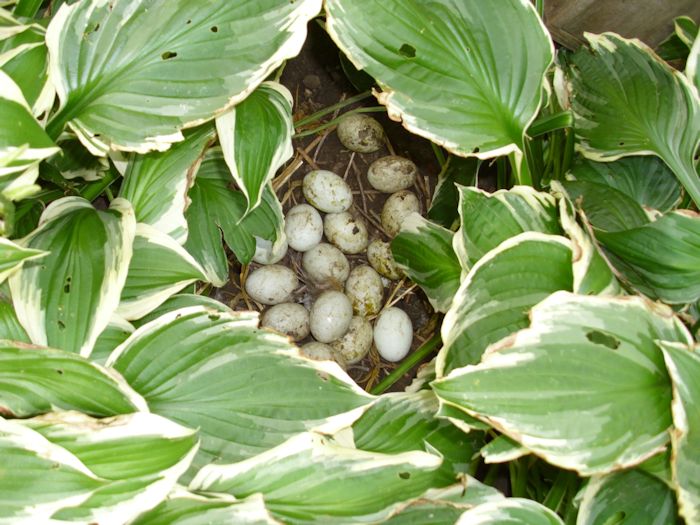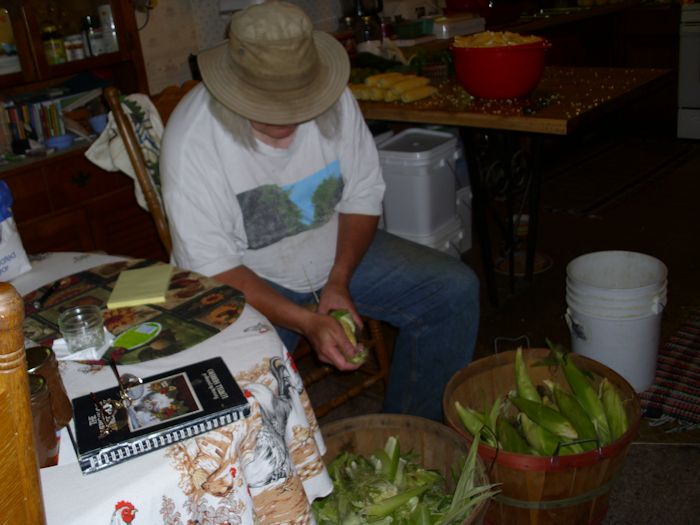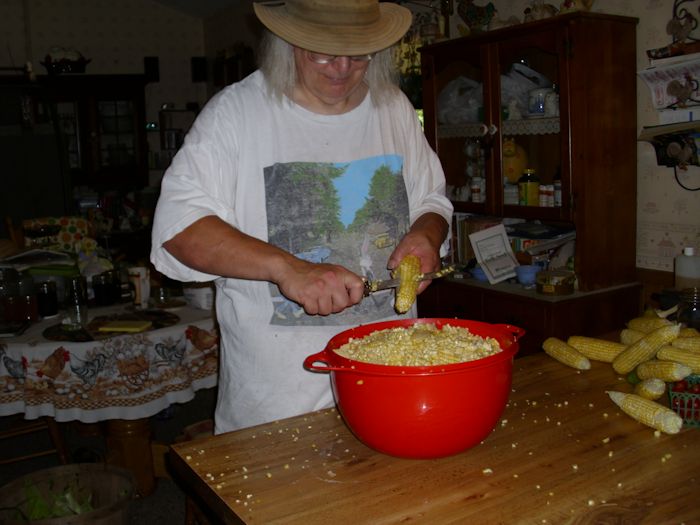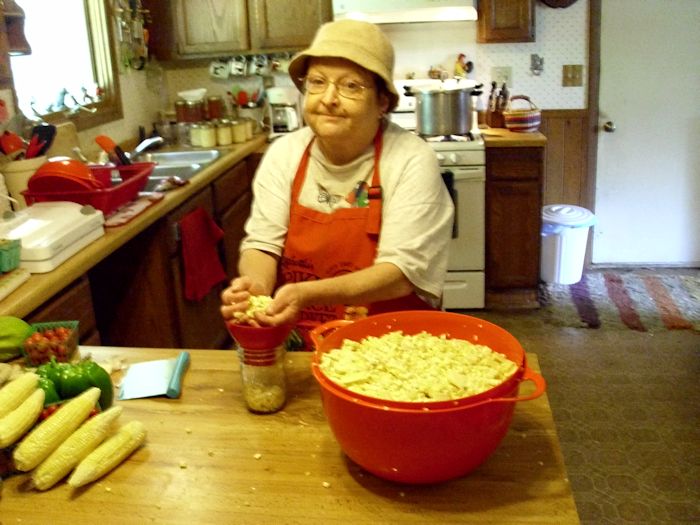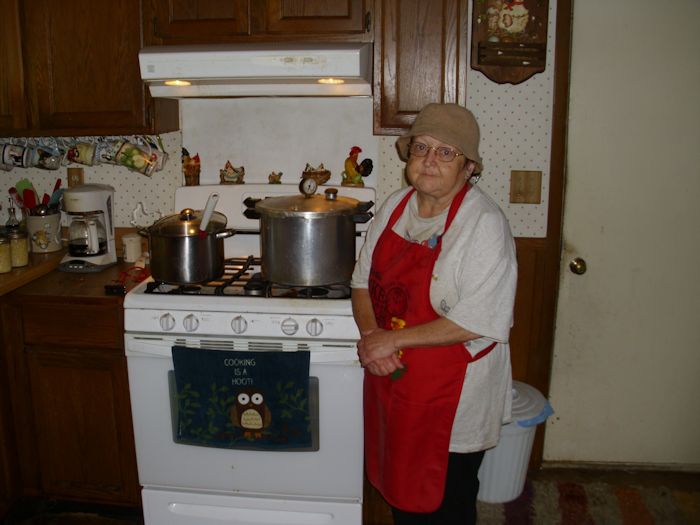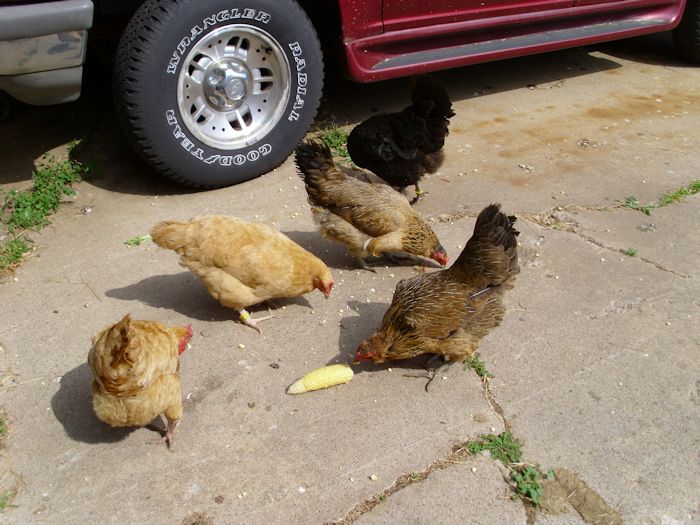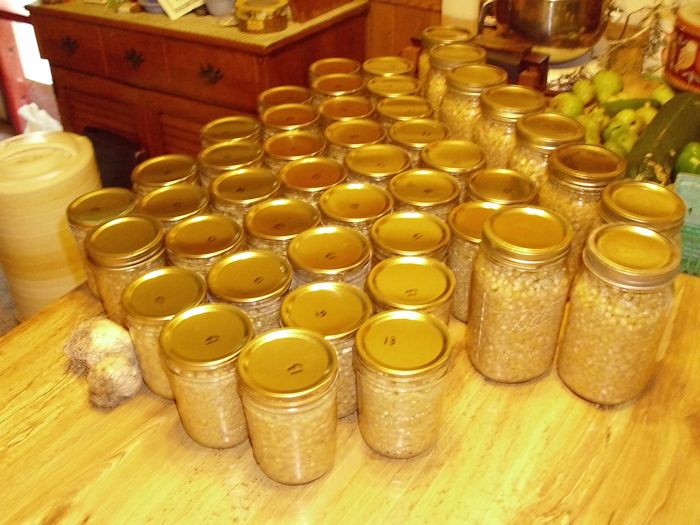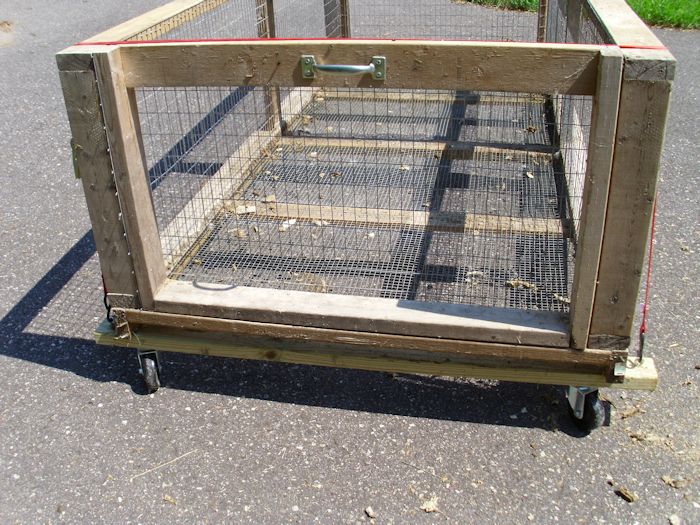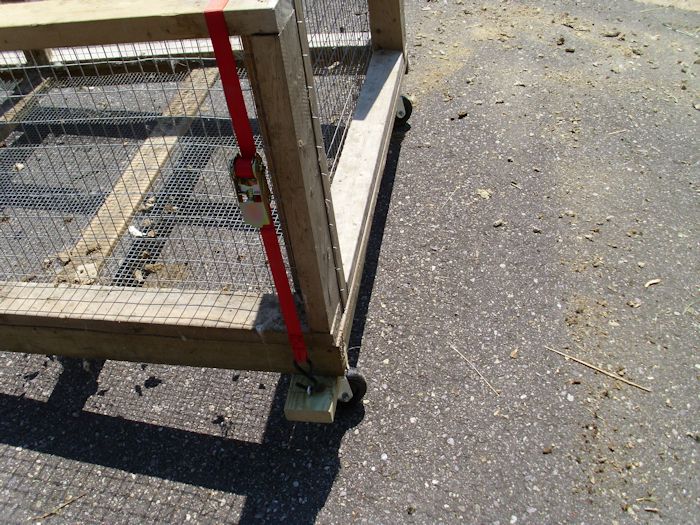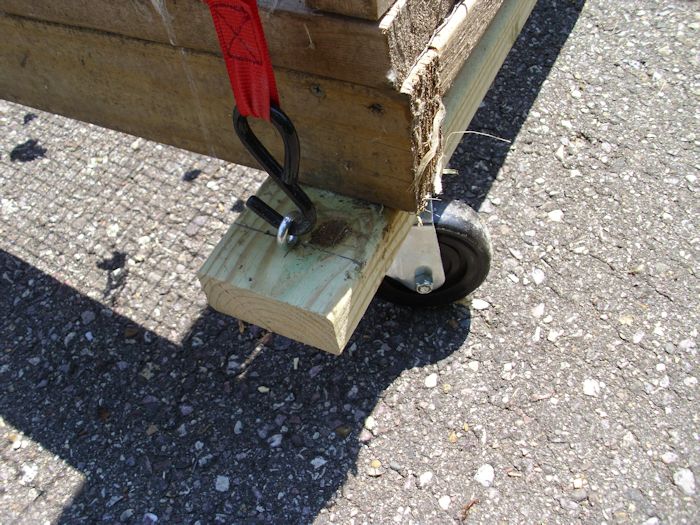Chickens are affected by the amount of daylight available. In fact, layers typically need 12 to 14 hours of light each day to lay eggs consistently. Commercial egg laying operations will provide this amount of light artificially, if necessary, to ensure the chickens keep laying eggs. Of course, commercial egg laying operations also heat their coops and keep chickens in conditions that reduce the quality of the egg that you get in the store. Part of the benefit of raising chickens in natural conditions is that you obtain a high quality egg that actually contains more good elements and fewer bad elements (such as cholesterol and fat). However, there is a cost involved with getting this higher quality egg and that’s a reduced winter production.
A number of sources online mistakenly say that egg production stops completely during the winter months. However, my own experience says otherwise. Yes, the production is greatly reduced, but we still obtained 63 eggs from our ten hens during the month of December. This is contrasted with 248 during August, which is a typical summer month. So, you probably won’t have enough eggs to sell in December if you bake and eat eggs regularly. However, you also won’t have to go completely without eggs.
Of course, the question is why you wouldn’t provide a light in the coop if it will induce the chickens to lay more eggs. The problem with using a light is that it robs the chickens of important nutrients they need during the winter months. The chickens need these nutrients to stay warm during the winter, especially if your coop is unheated. Heating and lighting a coop is also expensive, so you’d need to consider the tradeoff in additional costs. When all is said and done, most small operations will be better off letting the chickens have a bit of a rest during the winter.
You can improve egg production by ensuring your coop has south facing windows so that the chickens do get the maximum light available. This strategy will also keep the chickens warmer because the sunlight will heat the coop during the day. Given the experience we’re having with the chickens, I credit the south facing window for getting any eggs at all.
One of the things you can do if you really must have more eggs during the winter months is to freeze your eggs. That’s right, you can freeze eggs during the late fall (as production is going down) for use during the winter months. You can whip the eggs up and freeze them for up to 12 months. It’s also possible to freeze just the whites. Unfortunately yolks don’t freeze well, so you need to choose how you plan to use your eggs as part of your strategy.
There are tradeoffs for nearly any self-sufficiency strategy you use. We’ve chosen to follow a natural path when it comes to egg production by giving our chickens a bit of a vacation during the winter months to ensure that we continue to get quality eggs when they do lay and also to extend the life of our layers by not overtaxing their systems. What is your experience with winter egg laying? Let me know at [email protected].


